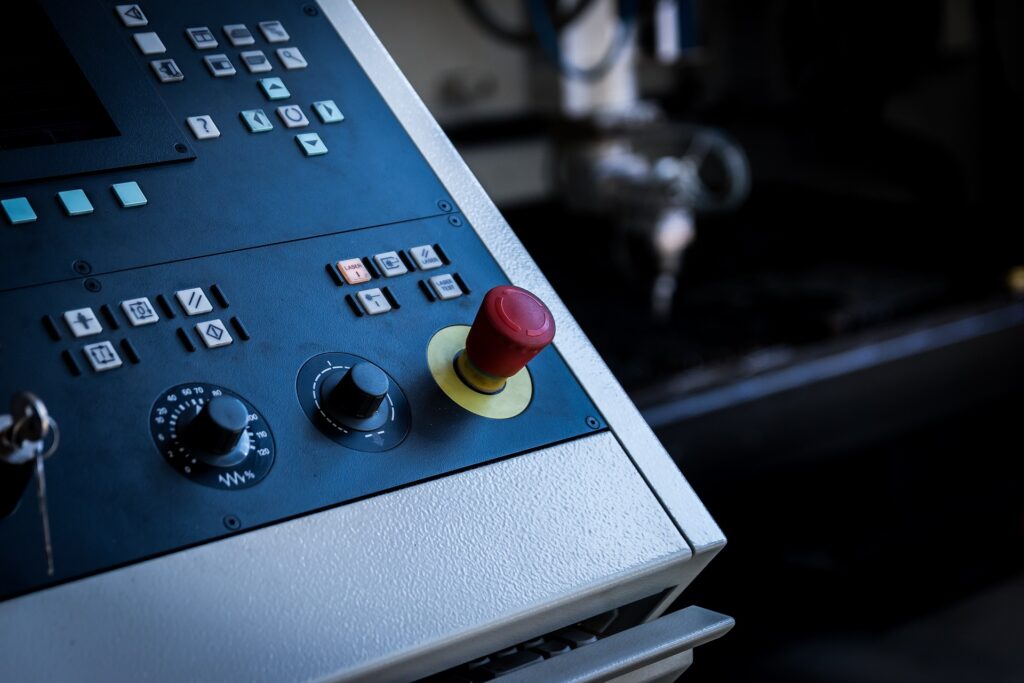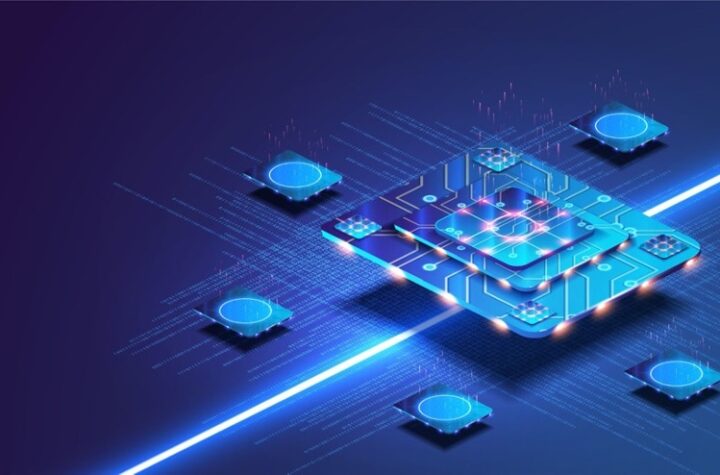
Laser engraving is an innovative technology that can be used for engraving metals with logos, serial numbers, and barcodes. It is a popular marking application and available from both fiber laser systems and CO2 laser systems.
As can be seen when looking at what customers say, fiber lasers offer long operational life, the need for minimum maintenance, and are the ideal option when it comes to industrial marking needs. This is because this laser creates a permanent, high-contrast mark that does not impact the integrity of the part being marked.
When marking bare metal using a CO2 laser, a special paste or spray can be used for treating the metal before engraving it. The heat produced by the CO2 laser will bond the marking agent to the metal, which creates the permanent mark. Affordable and efficient, the CO2 lasers will also mark other types of materials, including natural stone, acrylics, woods, and more.
CO2 Lasers
Since each type of laser will react uniquely when used on different metals, there are a few considerations that must be made.
For example, additional time is needed to mark metals using a CO2 laser. This is because of the need to pre-treat or coat the metal marking agent before getting started. Also, the laser is running at much higher-power, lower-speed configurations. This ensures the marking agent will properly bond with the metal being used. Some users have discovered they can wipe away the mark after it is lasered. This is a sign that the piece needs to be engraved again, using a higher power setting and lower speed setting.
One of the biggest benefits offered by using a CO2 laser for metal marketing is that the mark is produced on the top of the metal, without having to remove the material, which means the strength and tolerance of the metal are not affected. It should also be noted that with coated metals, such as painted brass or anodized aluminum, no pretreatment is required.
Fiber Lasers
When working with bare metals, fiber lasers are the best option. These are ideal for marking on any type of nickel-plated, copper, brass, or aluminum metals, stainless steel, and others. They can also be used with certain plastics, such as polycarbonates, PEEK, and ABS.
There are other materials that are more difficult to mark using the laser wavelength that is created by this device. For example, the beam can pass through transparent materials and produce marks on the engraving table, instead. While it is possible to get marks on certain organic materials, such as leather, clear glass, and wood, with the fiber laser system, this is not the best use of this machine.
Mark Types
To suit the right type of material being marked, fiber laser systems provide several options. The basic engraving process involves the laser beam vaporizing the material that is on the surface of an object. The mark is usually an indentation that cone-shaped, because of the beam’s shape. Several passes through the system will create a deeper engraving, which eliminates the possibility of a mark appearing worn in harsher, environmental conditions.




More Stories
AI & Machine Learning: Dedicated Servers with GPUs – Powering the Future
Methods to avoid phishing scams
Anonymous note-taking – Tips for maintaining your privacy